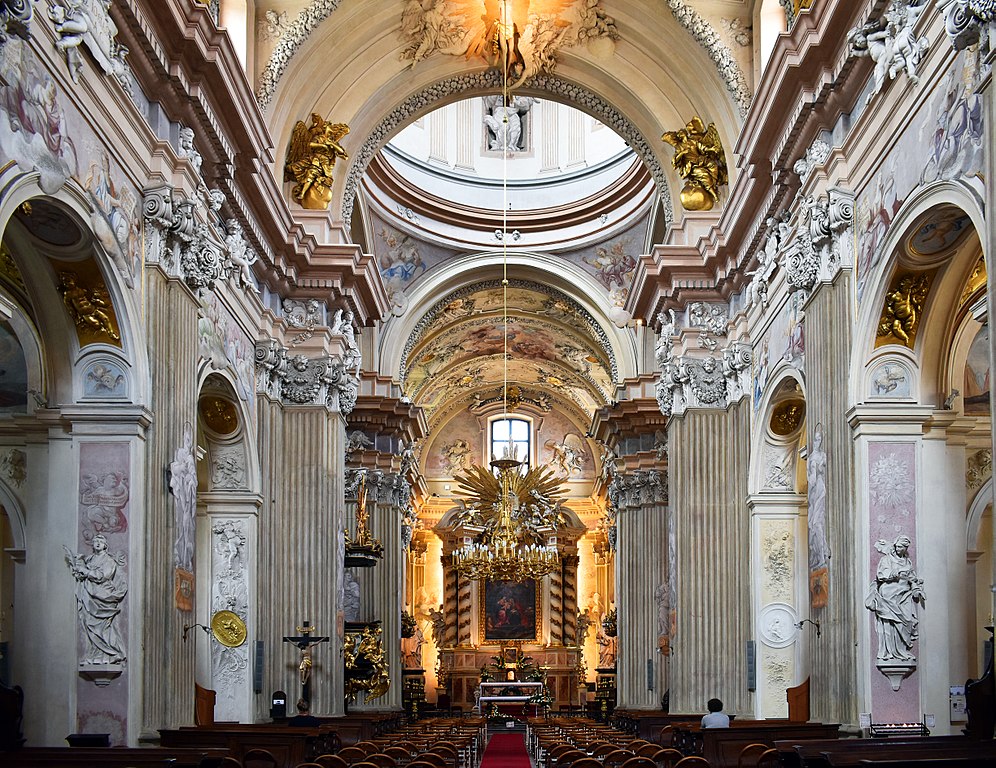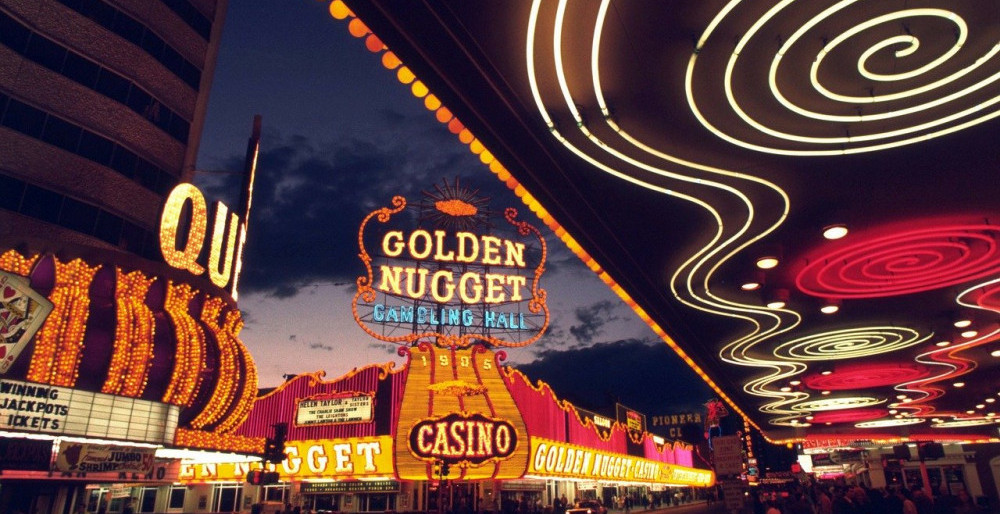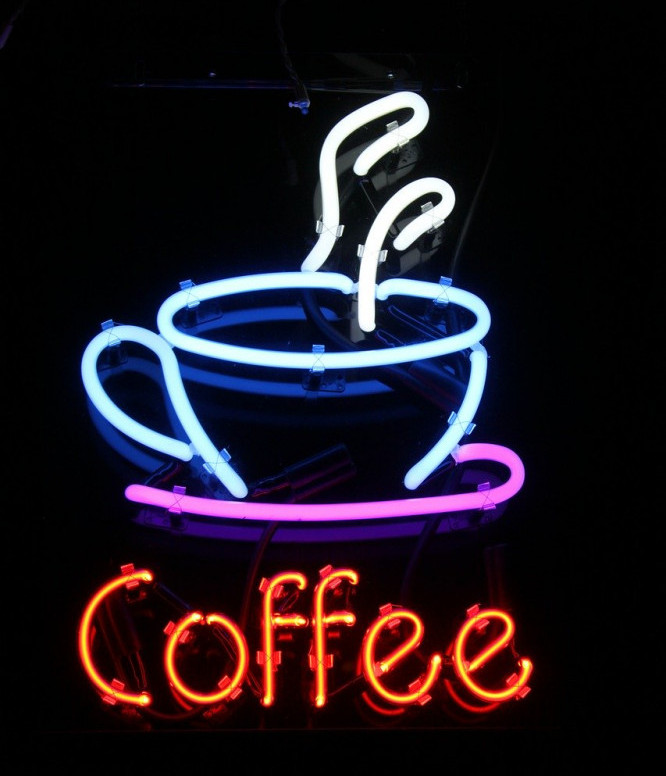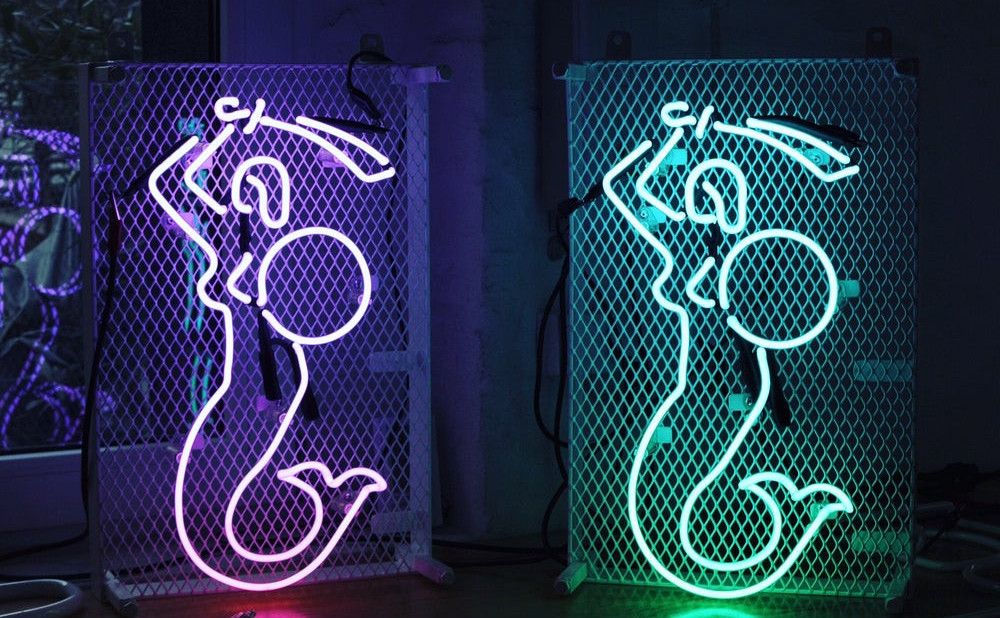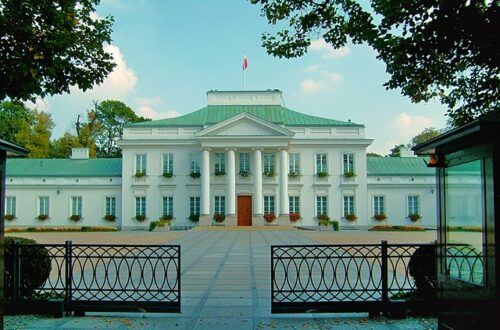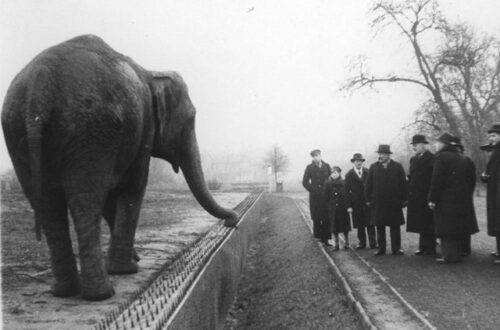The Neon Museum Warsaw
In communist times Poland was not associated with multi-colored streets, but there was something that broke the ordinary grey reality. The gloomy cities began to brighten only in the late 1950s when the project of “neonization” was announced on the wave of enthusiasm.
In recent years, neon lights have become an object of excitement again. The reason that people are so crazy about old neon lights is primarily the nostalgia for the PRL, as well as a growing interest in the post-war history of Polish cities. During this wave, the Neon Museum in Warsaw within the Soho Factory complex was established.
Neons in The World
The first Neon appeared in the USA in 1923 as an advertisement for a Packard car dealership. Interestingly, it cost $ 24,000, for which you could buy a house in those days. Neon quickly gained popularity and soon began to decorate New York, Chicago, and other cities in America. It was a symbol of modernity and development.
Neons in Communist Poland
Polish neon signs were, in a way, unique. Like mosaics, they were supposed to be an intervention beautifying and organizing the chaos of Polish cities in a world of aesthetic deficiency. They have reached an exceptionally high level, which is still appreciated by the Western art experts today.
At the end of the 1950s, a plan was announced. “neonization,” or “lighting up” of Polish cities. Neon signs appeared almost everywhere in Poland, and a golden era of “neonization” began. The country’s authorities had a plan to install them in all major cities.
There was no private enterprise then, so everything was managed by the communist government. There was nothing in the stores, so advertising was more important than the product itself. After Stalin’s death, the communist authorities wanted to show Poles a bit of Western consumer magic, so English words were used in neon lights just like it was done with the “Relax” cinema.
At that time, there were over two thousand neon signs in Warsaw. Neon lights were designed by the most recognized graphic designers and architects. In addition to having a practical form, they were a real work of art.
People living during the communist era awaited for the moment when the sky was darker, but not yet black, and then the neon lights came out in vivid colors. The streets lit with neon lights looked phenomenal, but why were they abandoned at some point? Neon material was imported from abroad. The first ones were fantastic, but the next ones were worse because they were made of leftovers.
End of a Neon Era in Poland
After 1989, kitschy and bizarre advertising sheets covering the facades of tenement houses flooded Poland like Vikings, who have conquered and devastated half of Europe. Neon lights gradually disappear, becoming rare, although they remain in the memory of people.
The inscription “PZU insures you and your property” went down in history in 1995. Neon signs from the 60s and 70s today are a real rarity. There are also no longer those craft workshops that assembled them several dozen years ago. Some people who made neon signs changed their profession, and others are already retired.However, there are still people who want to save the socialist era’s numerous and unique pieces.
Read more: 5 Best Museums in Warsaw
The Creation of a Neon Museum in Warsaw
As genuine memories of Poland’s communist past inevitably died out with the older generation, nevertheless communism’s passion for this underappreciated art form can be found in the unique
The incredible founders of the Neon Museum, located in
Since then, they have been collecting many fascinating neons and displaying them in the Prague building’s raw space. The museum owners collect and renew neon lights because of their artistic value. They try to bring them back to life; though, the “treatment” is not always successful.
Neon lights in various conditions go to the museum, but the most important thing is that they don’t end up in the dustbin. Their artistic values can be cherished in this fantastic museum.
Photo Credit: PublicDomainPictures Pixabay
Visiting Museum
Whilst visiting musuem you will see amazing old neons from the iconic
Once you step inside the building, it feels as though you are taken steps back to the time of the communist era. Most of the exhibits have high artistic value, and their creators were graphic designers, artists, and architects from the so-called Polish Poster School.
In addition to familiarizing yourself with the collection, visitors can discover the secrets of eye-catching neon lights and learn how they are changing colors. Don’t miss the great FSO logo-the Polish car company from the communist era.
You can sit in the original old cinema chairs like a boss and watch subtitles and installations. Illuminated “Warsaw” with neon lights makes an impression of a modern city, and you can get a weird vibe of Las Vegas. If you feel overwhelmed by the neon lights themselves, you can learn about the history of the communist capital of Poland.
You can read about the Police Hour introduced in Poland during the Martial Law land find out how
Opening Hours
- Monday – Thursday: CLOSED
- Friday: 12-17
- Saturday: 12-17
- Sunday: 12-17
Ticket Prices
- Regular: 15 PLN
- Reduced: 12 PLN
The fact is we didn’t even notice when neon signs and advertisements began to disappear from the city space. Fortunately, some people knew that these colorful and “kitschy” neons were, in many cases, the work of outstanding artists, and behind each of them is an exciting story. It is worth coming here to see a piece of polish history saved from oblivion – the most prosaic, close to each of us.
